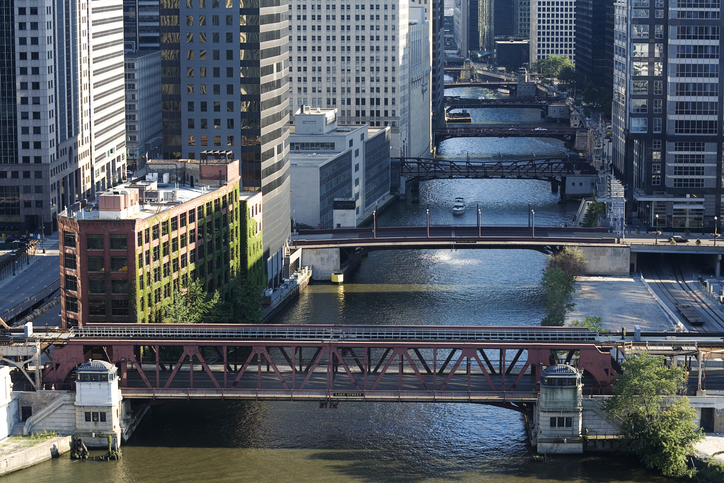
A Route Fifty workshop details the need for infrastructure and public transit, and how that can translate into American manufacturing jobs.
Route Fifty, an organization dedicated to connecting leaders in state and local government, is holding its second annual Future Cities workshop this week, providing local elected officials, policymakers, and other stakeholders a platform to discuss the state of America’s cities.
Over the course of a workshop Wednesday, various panelists discussed a number of issues ranging from boosting diversity, equity, and inclusion initiatives in local government to revitalizing local tourism and hospitality industries (shout out to Louisville, Kentucky for its creative, whiskey-themed revitalization called Bourbonism).
But, of course, the biggest issues the workshop focused on are the meat and potatoes of recent policy debates: infrastructure, clean energy, and jobs.
In one panel, a group of mayors discussed their support for the bipartisan infrastructure framework that would spearhead massive investment in the construction of roads, bridges and public transportation. The still-unfinished legislative package has preemptively been endorsed by the bipartisan U.S. Conference of Mayors.
“Infrastructure is once again a hot topic here in the United States, and we’re very hopeful that we’ll see something out of Congress in the months ahead,” said Oklahoma City Mayor David Holt.
Many of the mayors stressed that communities are faced by increasingly desperate infrastructure situations but lack the resources to appropriately address them. “Roads are a challenge,” Mayor Quentin Hart of Waterloo, Iowa noted, explaining that systems designed decades ago are struggling with increased traffic volumes. “We use some of our local sales tax to pay for those, but it’s definitely not enough money to keep up with all the road projects that we have.”
Improved public transit was also an important factor for mayors for improving their cities. “The thing where we could most use a federal partner is in public transit,” Holt explained for Oklahoma City. “As a southwestern city, we’re built around using cars and our city is very large so federal support can do a lot.” He highlighted proposals for Amtrak expansion within the bipartisan infrastructure framework as especially useful for integrating Oklahoma City into the larger regional economy.
“Quite honestly, in the rail transit sector and the bus transit sector, the only reason we have an industry here again is because of the Buy America provisions.”
Brian Lombardozi, AAM Vice President of State and Government Affairs
Infrastructure and public transit are also both notable because they provide opportunities for job creation — we need steel for rails and buses, which will require manufacturing workers to make and assemble, and construction workers to put all this physical infrastructure together. But all of these policy priorities will require a great deal of follow-through to ensure that the job-creating potential of infrastructure investment results in jobs created here, and not abroad. As it stands, the supply chain for many components of green infrastructure, such as batteries, solar cells, and wind turbines, heavily rely on foreign imports. That means fewer Americans in the job market will immediately benefit from this new economy.
For John Samuelsen, President of the Transport Workers Union, that means “working to make sure that our members are not just passed to the side and that we don’t have a new industrial rust belt form.”
Okay. So how do you do that? Well, AAM’s own Brian Lombardozzi was on hand to advocate for the policies that will ensure these infrastructure and transit investments ultimately benefit American manufacturing workers: Buy America.
Buy America refers to rules that require public tax dollars to go towards goods that are Made in America. These rules are massively popular, and have already had success in helping to reshore jobs as governments invest in infrastructure by purchasing American-made vehicles and components. “Quite honestly, in the rail transit sector and the bus transit sector, the only reason we have an industry here again is because of the Buy America provisions,” Lombardozzi explained.
In addressing the infrastructure needs of cities across the country, it’s essential that we work to strengthen these domestic content regulations. When we build the cities of the future, they should be Made in America by American workers.
